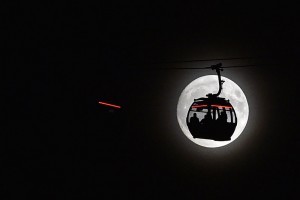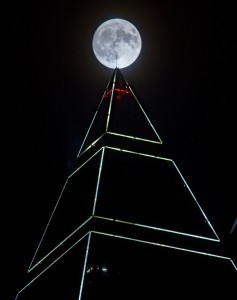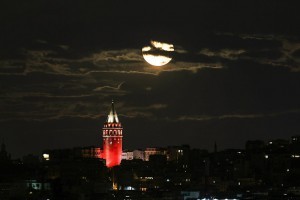The first photos of the super-moon across the world were uploaded on social media and they were impressive. Those who got a glimpse of the rare phenomenon were more than compensated from the amazing images of the earth’s bright satellite over the weekend in Greece. A supermoon, according to NASA, happens because the moon has an elliptical orbit, in which one side – the perigee – is about 48,280 km. closer to Earth than the other side, the apogee.
When an alignment of sun, moon and earth occurs at the stage where the perigee side of the moon is facing us and the moon happens to be on the opposite side of earth from the sun, we get what’s called a perigee-syzygy, hence a supermoon. Scientists say the night of November 14 will be offer the best chance to get to observe the phenomenon, as it is expected to shine 30% more than a regular full moon. They say that the best location to capture it in all its beauty is in rural areas with minimal light.

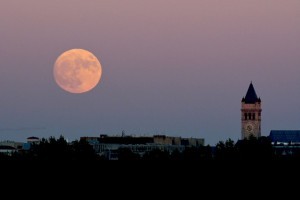
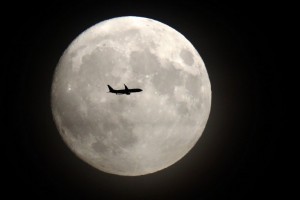

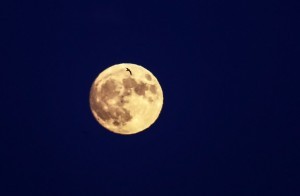
Ask me anything
Explore related questions

